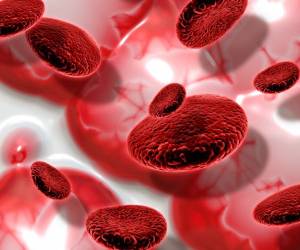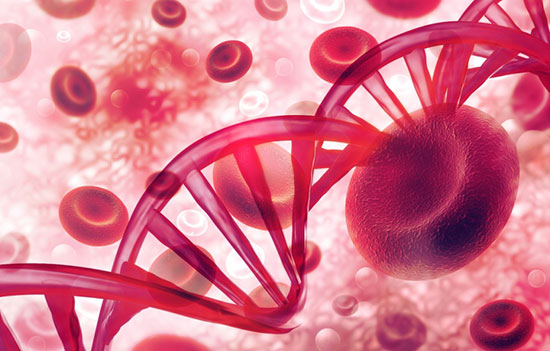Cadmium Selenide (CdSe) NanoBio Sensors for Detection of Cancer Tumors Using Fluorescence Characteristics (PhD in Nano-Microelectronics)
Researcher and author: Dr. ( Afshin Rashid)
Note: The most famous example of a nanosensor used in medicine is cadmium selenide (CdSe). This compound works to detect cancerous tumors using fluorescence properties.
The sensor probe made in this way can be inserted into the cell membrane without damaging it and can be used for biomolecular and clinical studies. In general, a biosensor nanosensor assembly consists of a bioreceptor molecule such as DNA or an antibody that is attached to a very thin fiber. This set can be used as a probe to insert a specific species into the cell and to decompose the species inside the cell using conventional ammetric methods.
Nanotechnology has a profound impact on the development of a new class of biosensors called nanosensors. Nanosensors typically contain a biological detection molecule that is immobilized on the surface of a signal transducer. The reaction between the biological molecule and the analyzer is a heterogeneous reaction and therefore the design of the biosensing interface is important in determining the performance of the nanosensor. Nanosensors are widely used for molecular detection of biomarkers associated with disease diagnosis. The use of new nanomaterials in bioassays has influenced biosensing research. The use of high-level nanomaterials in the production of nanosensors with greater sensitivity and shorter response times is important . A biosensor is a device designed to identify or quantify a biochemical molecule, such as a specific DNA sequence or a specific protein. Many biosensors are propulsion-based, meaning that they use a stationary recording probe that selectively connects the molecule to the target, ie the target or analyte, thus challenging the detection of a target in solution. Transmits changes at the local level to detect. This change can then be measured using a variety of methods, including biosensors that require light (e.g., surface plasmonic resonance or fluorescence), mechanical motion (e.g., quartz crystalline microbalance or resonant concealer), or Used magnetic particles. From the palette of techniques available to the user, the electrical method of interrogation sensors is widely used in the design of unlabeled sensors, which do not require a label or tag to report the detection of a particular molecule. Electric biosensors rely solely on measuring current or voltage Because of their low cost, low energy, and ease of downsizing, electrical sensors hold great promise for applications where minimizing size and cost is critical.
Conclusion :
The most famous example of a nanosensor used in medicine is cadmium selenide (CdSe). This compound works to detect cancerous tumors using fluorescence properties.
Researcher and author: Dr. ( Afshin Rashid)
PhD in Nano-Microelectronics




